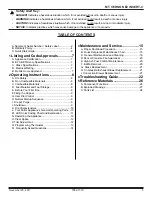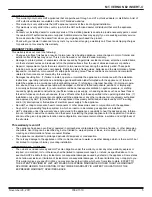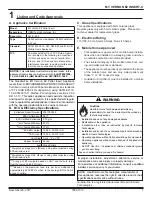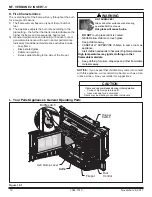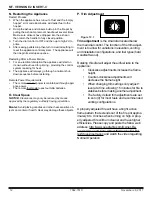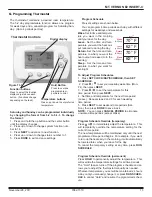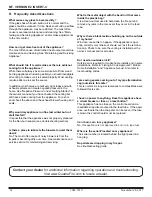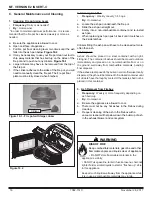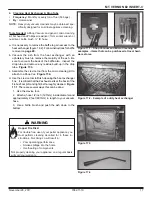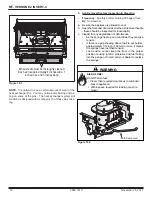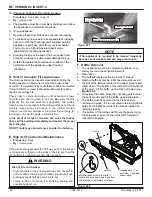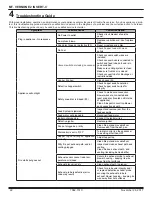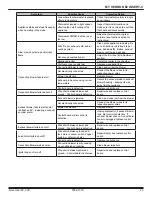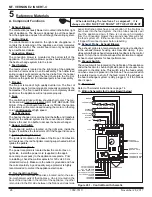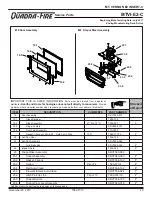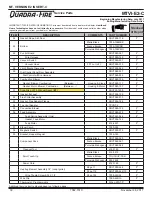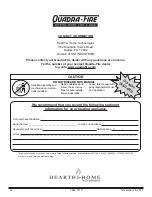
November 28, 2017
7082-151C
17
MT. VERNON E2 INSERT
-C
Figure 17.2 - Example of a dirty heat exchanger
Figure 17.3
Figure 17.1 - Shop Vacuum and Micro Cleaning Kit
examples - items that can be purchased at local hard-
ware stores.
Figure 17.4
4. Cleaning Heat Exchanger & Drop Tube
• Frequency:
Monthly or every ton of fuel (50 bags).
• By:
Homeowner
NOTE:
Heavy duty vacuum cleaners may be obtained, spe-
cifically designed for solid fuel appliance cleaning.
Tools Needed:
A Shop Vacuum and generic micro cleaning
kit; flat head and Phillips screwdriver; 7mm socket wrench or
nut-driver, bottle brush, ½” ID hose.
a. It is necessary to remove the baffle to gain access to the
heat exchanger (figure 18.2). Follow instructions for baffle
removal on
page 20.
b. Vacuum the ash from the heat exchanger with an
upholstery brush to remove the majority of the ash. Be
sure to vacuum the back of the baffle also. Inspect the
drop tube and remove any residue build-up in the drop
tube.
Figure 17.3.
c. Assemble the crevice tool from the micro cleaning kit to
attach to a Shop Vac.
Figure 17.4.
d. Use the crevice tool to finish cleaning the heat exchanger
fins. It is critical that the 2 exhaust exits at the back of the
firebox floor (left and right) be thoroughly cleaned.
Figure
17.1
There are several ways this can be done:
1. Use the crevice tool.
2. Attach a hose 1/2 inch (12.7mm) inside diameter and
approximately 2 feet (607mm) in length to your vacuum
hose.
3. Use a bottle brush and push the ash down to the
bottom.
WARNING
Hopper Fire Risk!
For trouble free use of your pellet appliance you
must perform cleaning as called for in these in-
structions. Not doing so will result in:
• Poor operating performance
• Smoke spillage into the home
• Overheating of components
Not properly cleaning your appliance on a regular basis
will void your warranty.

